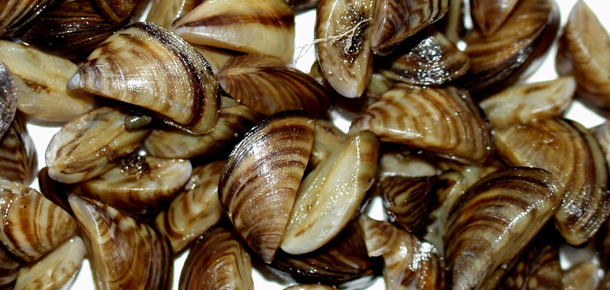

The experiment netted mixed results, but as of last year, the state was still working on legislation that would provide a $75 bounty on coyotes across the state. The goal was to provide a real and tangible incentive for trappers and predator hunters to up their efforts in helping that state manage its wildlife population goals. The bounty program made hunters eligible for at least a $1,000 reward if they killed a tagged coyote.

House approved a coyote-bounty program as part of the state budget. However, over time coyote populations are expected to stabilize, allowing deer, turkeys and small game to continue to exist in healthy numbers in South Carolina. As evidenced in other states with long established coyote populations, expanding coyote populations are likely to impact local deer and small game populations. Eastern migration of coyotes has resulted in the natural expansion of the species in South Carolina.

SCDNR and Federal law enforcement has and will continue to prosecute for this activity. Coyotes were illegally imported into South Carolina for hound running. First, a few facts, according to the trained biologists within the SCDNR: The South Carolina Department of Natural Resources has never released coyotes into the state for any reason, including deer management.Ĭoyotes first appeared in the upstate region in 1978, and are now present in all South Carolina counties. What this boils down to is a state taking responsibility for a non-native invasive species. Tree huggers began screaming while true conservationists began applauding. First, South Carolina boldly advanced legislation that would place a no-holds-barred bounty on coyotes.


 0 kommentar(er)
0 kommentar(er)
